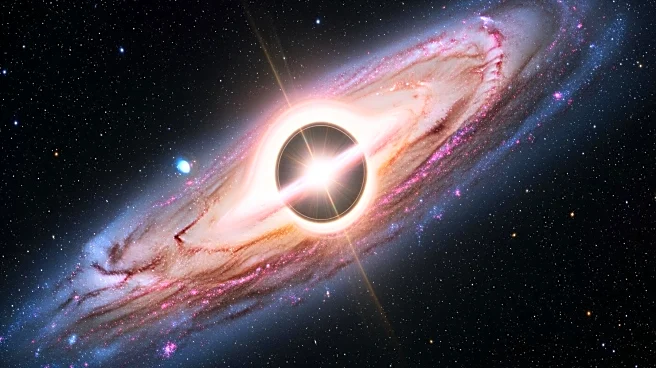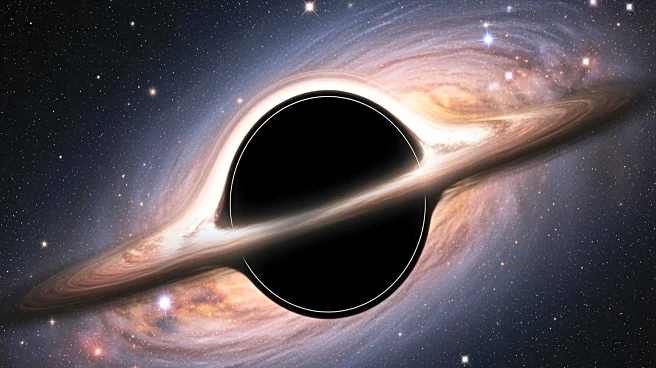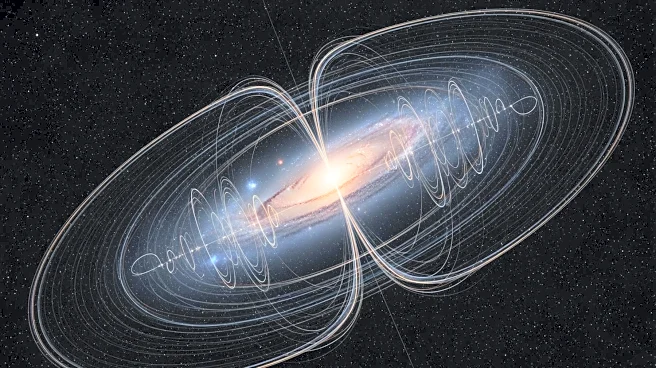What's Happening?
The concept of detecting gravitational waves using Weber bars, originally developed by physicist Joseph Weber, is being revisited. Weber bars are aluminum cylinders designed to vibrate at specific frequencies
when gravitational waves pass through them. Despite initial claims of detection by Weber, subsequent attempts to replicate his results failed, leading to skepticism about the method's effectiveness. Modern gravitational wave detection relies on large-scale observatories like LIGO, Virgo, and KAGRA, which have successfully detected hundreds of events since 2015. These observatories use laser interferometry to measure minute changes in distance caused by gravitational waves.
Why It's Important?
Understanding gravitational waves is crucial for advancing knowledge in astrophysics and cosmology. The ability to detect these waves provides insights into cosmic events such as black hole mergers and neutron star collisions. While Weber bars were an early attempt at detection, their limitations highlight the importance of technological advancements in scientific research. The success of modern observatories demonstrates the need for precise and large-scale instruments to capture these elusive phenomena, contributing to a deeper understanding of the universe's structure and dynamics.
Beyond the Headlines
The exploration of gravitational wave detection methods raises questions about the evolution of scientific inquiry and the role of innovation in overcoming technical challenges. Weber's work, despite its limitations, paved the way for future developments in the field. The transition from Weber bars to advanced laser interferometry reflects the broader trend of increasing precision and scale in scientific instrumentation. This evolution underscores the importance of interdisciplinary collaboration and the continuous pursuit of knowledge in expanding the boundaries of human understanding.











